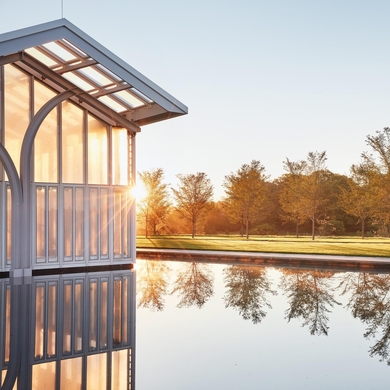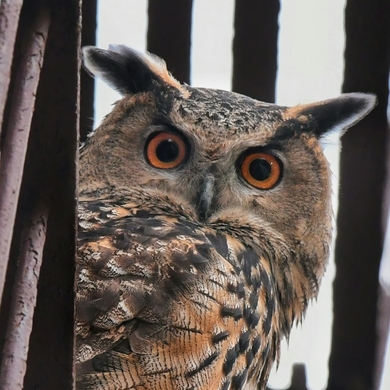The Yolŋu people of Northern Australia have a term for something that is both sacred and beautiful: maḏayin. Beginning in the early 20th century, the Yolŋu began painting their sacred clan signs—known as miny’tji—on eucalyptus bark. Unique to each clan, the signs were traditionally used to mark the body or an object for ceremonial or instructional purposes. In the 1930s, at the behest of European missionaries, the Yolŋu began creating bark paintings commercially. Made with natural red and brown pigments derived from ochre, the paintings use abstract patterns, human and animal figures, and cross-hatching to tell stories; the favorite story is “The Dreaming,” the Yolŋu origin myth. In the 1980s, bark painting—so spare, stylized, spellbound—was accepted into the realm of high art. This exhibition at the Asia Society displays a selection of bark artworks created in the small Aboriginal community of Yirrkala between 1935 and today. The show is curated by the Yolŋu elders themselves. —Paulina Prosnitz
The Arts Intel Report
Maḏayin: Eight Decades of Aboriginal Australian Bark Painting from Yirrkala

Yäma Munuŋgirritj, Gurruŋawuy, 1961.
When
Aug 17, 2024 – Jan 5, 2025
Where
Etc
Photo courtesy of the Kluge-Ruhe Aboriginal Art Collection of the University of Virginia
Nearby
1
American Museum of Natural History



